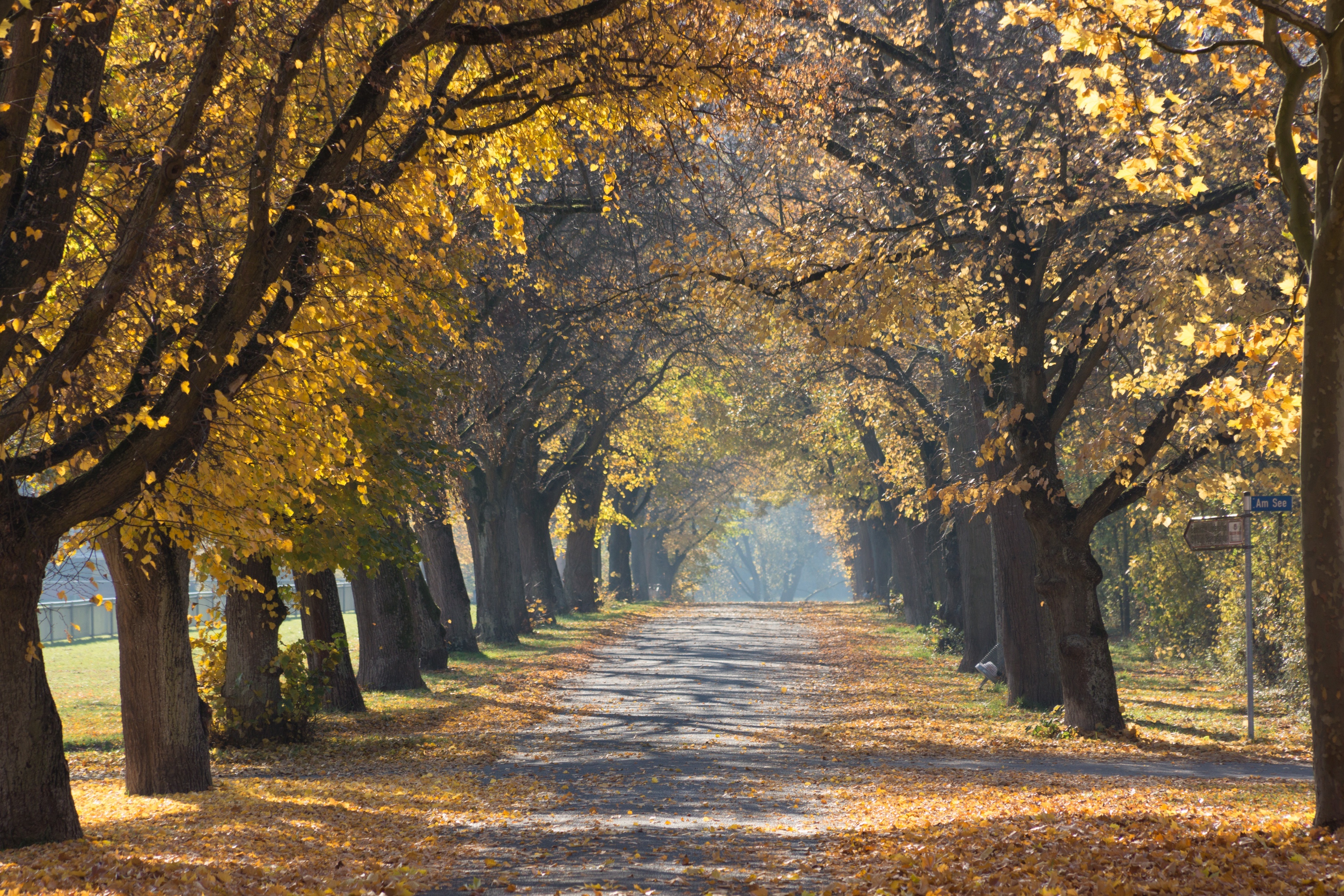 Excerpt from: Ryan, M.G., M.E. Harmon, R.A. Birdsey, C.P. Giardina, L.S. Heath, R.A. Houghton, R.B. Jackson, D.C. McKinley, J.F. Morrison, B.C. Murray, D.E. Pataki, and K.E. Skog. 2010. A Synthesis of the Science on Forests and Carbon for U.S. Forests. Issues in Ecology, Report Number 13, Spring 2010.
Excerpt from: Ryan, M.G., M.E. Harmon, R.A. Birdsey, C.P. Giardina, L.S. Heath, R.A. Houghton, R.B. Jackson, D.C. McKinley, J.F. Morrison, B.C. Murray, D.E. Pataki, and K.E. Skog. 2010. A Synthesis of the Science on Forests and Carbon for U.S. Forests. Issues in Ecology, Report Number 13, Spring 2010.Urban forestry offers very limited potential to store carbon, but we address urban forests here because of the large interest in using them to offset carbon emissions and because urban trees provide many co-benefits, including aesthetic benefits and environmental advantages in addition to carbon sequestration. The potential for carbon offsets of greenhouse gas emissions through urban forestry is limited for two reasons: 1) urban areas make up only a small fraction of the U.S. landscape and 2) urban forests are intensively managed and may require large energy, water, and fertilizer inputs for planting and maintenance.
Benefits
Urban forests can have important biophysical effects on climate. Trees have a cooling effect on local temperatures due both to shading effects and to evaporative cooling from transpiration. Shading intercepts incoming radiation from the sun in the daytime, which can reduce both day and night surface temperatures. When trees are planted very close to buildings, they cool building temperatures and reduce the fossil fuel emissions associated with air conditioning. When urban forests are planted over very large regions, the climate effects are less certain, as trees can have both warming (absorption) and cooling effects.
Another benefit of urban forests is educational. Many residents can feel a connection to the trees in their communities. As educational programs are used to increase awareness of residents about the importance of trees and forests, they can extend that knowledge to the bigger picture, including carbon storage. As awareness and attitudes change, action follows.
Risks
The higher the maintenance required for urban trees, the less likely they will help mitigate climate change. In some regions, cities are located in what would naturally be forested areas; thus, urban forests serve to restore forests to land that was previously deforested. In such regions, trees may have relatively low maintenance requirements. In cities located in grasslands and deserts, urban forests require large amounts of irrigation water for maintenance.
Because of these many tradeoffs, the following factors must be taken into account to determine the net climate impact of urban trees: 1) the carbon storage rate of the trees, 2) fossil fuel emissions from energy associated with planting and maintenance, 3) fossil fuel emissions resulting from the irrigation process, 4) nitrous and nitric oxide emissions from fertilizer use, and 5) the net effect of trees on local air temperature and its impact on building energy use. These factors are likely to be highly variable by region and by species.
Other strategies include:
- Avoiding Deforestation to Increase Carbon Storage
- Increasing Afforestation to Increase Carbon Storage
- Decreasing Carbon Loss through Forest Management
- Increasing Forest Growth through Forest Management
- Thinning for Carbon Storage
- Managing Fuels to Reduce Fire Threats
- Urban Forestry and Carbon Storage
- Wood Energy and Products
- Combining Strategies for Carbon Sequestration
Related to Urban Forestry and Carbon Storage:
- Forest Carbon Storage
- Forest Carbon Storage – Applications and Land Management
- Designing Urban Forests
- Urban Forest Project Protocol
- Urban Forests and Climate Change
- Urban Forests
- Carbon Markets, Management, and Monitoring
- Silviculture and Climate Change
